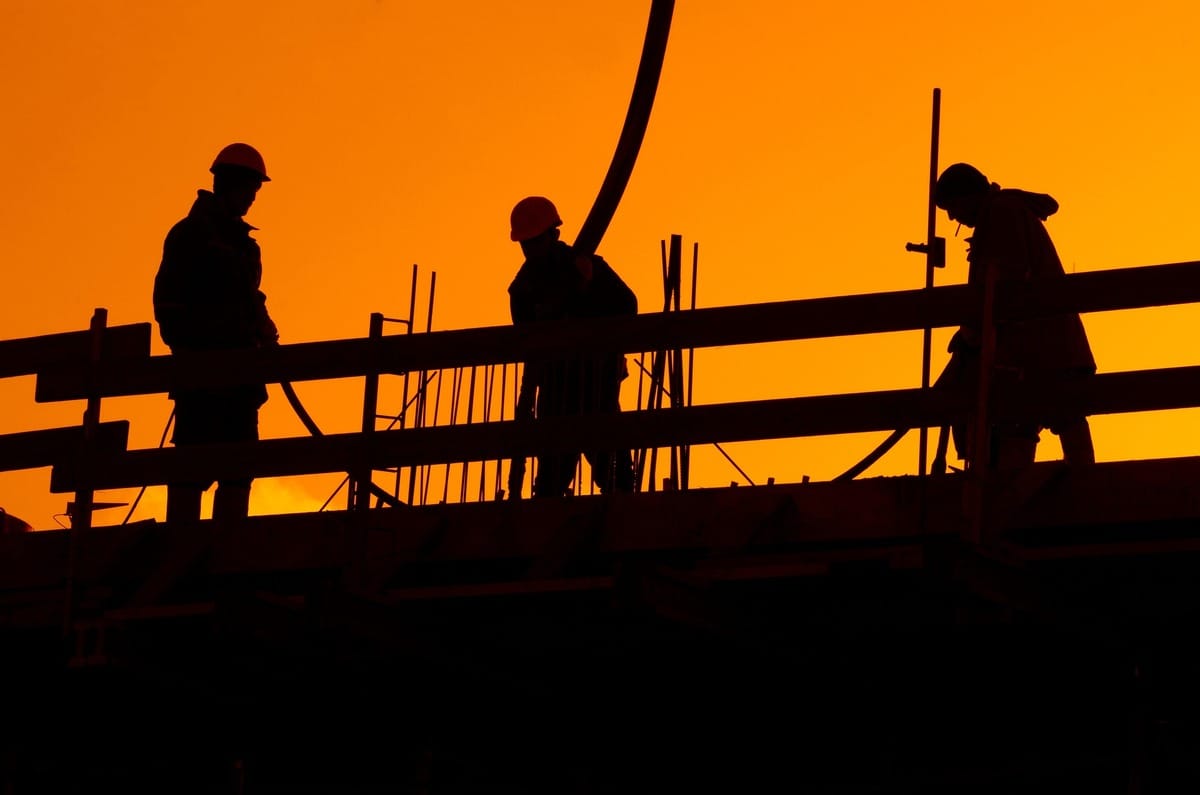- Full Brim Safety
- Posts
- Fall Protection Friday: Recognizing Fall Hazards Before They Strike
Fall Protection Friday: Recognizing Fall Hazards Before They Strike
Full Brim Safety: Build Smart - Build Safe

Fall Protection Friday: Recognizing Fall Hazards Before They Strike
This week’s Toolbox Talk attached Below!
Welcome back, let’s Build Smart & Build Safe. This week, we've explored the fundamentals of hazard recognition and risk assessment. Today, we're narrowing our focus to a critical area: recognizing fall hazards.
Think of it like this: your safety awareness is a superpower. It allows you to see potential dangers before they become accidents. And with falls being one of the leading causes of injuries in construction, developing eagle-eyed awareness of fall hazards is crucial.
So, let's sharpen your hazard-spotting skills:
Unprotected edges and openings: Look for any unguarded edges or openings above 6 feet, like roof edges, scaffolding platforms, and open stairwells.
Slippery surfaces: Be aware of wet, greasy, or icy surfaces that could increase the risk of slipping and falling.
Unstable ladders and scaffolding: Check for damaged or improperly constructed ladders and scaffolding that could collapse.
Insufficient fall protection: Ensure proper fall protection systems like guardrails, safety nets, or personal fall arrest systems are in place and used correctly.
Overreaching and awkward postures: Avoid overreaching and working in awkward postures that could lead to loss of balance.
Poor lighting: Make sure work areas are well-lit to identify hazards clearly and avoid tripping or stumbling.
Cluttered workspaces: Keep your work area free of debris and loose materials to prevent tripping and falling hazards.
By actively recognizing these fall hazards and taking preventive measures, you can significantly reduce the risk of falls and create a safer work environment for yourself and your colleagues.
Remember, fall protection isn't just about equipment – it's about a proactive mindset.
Plan your work carefully and identify potential fall hazards.
Use the right fall protection equipment for the job.
Inspect your equipment regularly and ensure it's in good condition.
Never take shortcuts when it comes to fall safety.
Speak up and report any unsafe conditions immediately.
By honing your fall hazard recognition skills and prioritizing fall protection, you can build a stronger, safer future for yourself and the entire construction community.
Don’t forget to download the Toolbox Talk (attached below) to Document this weeks training!
Don’t forget to tell your friends and coworkers to sign up! www.fullbrimsafety.com
-The Safety Man

